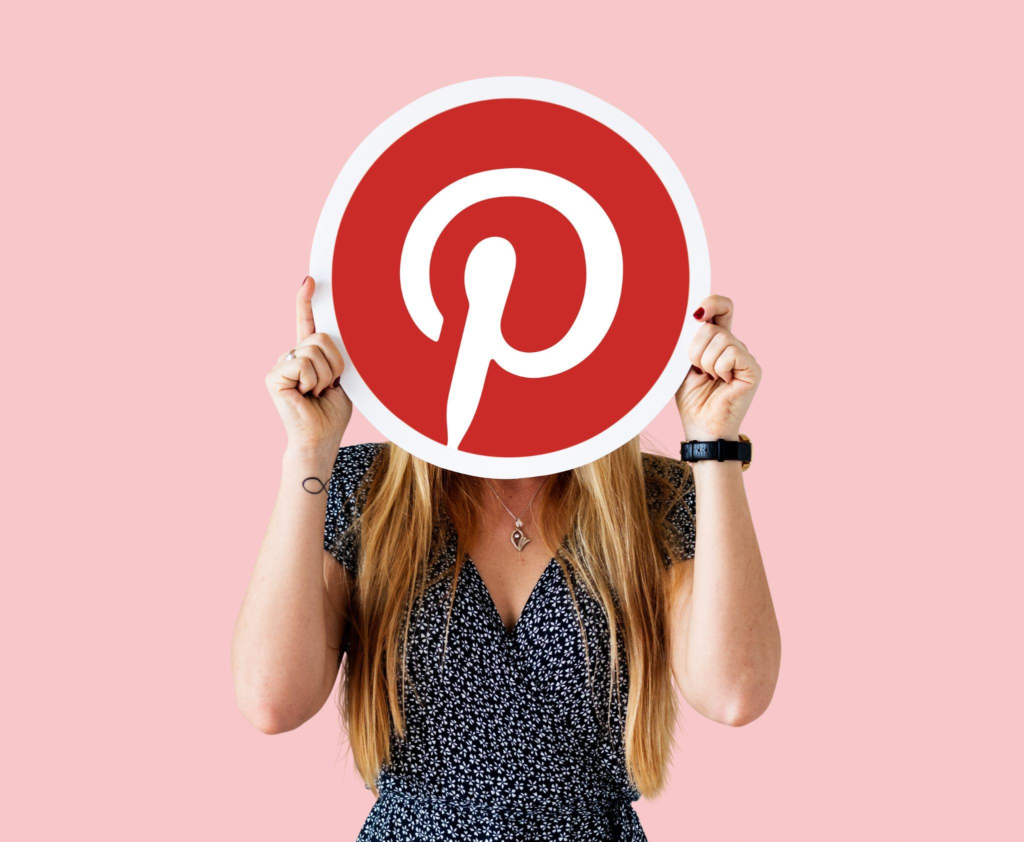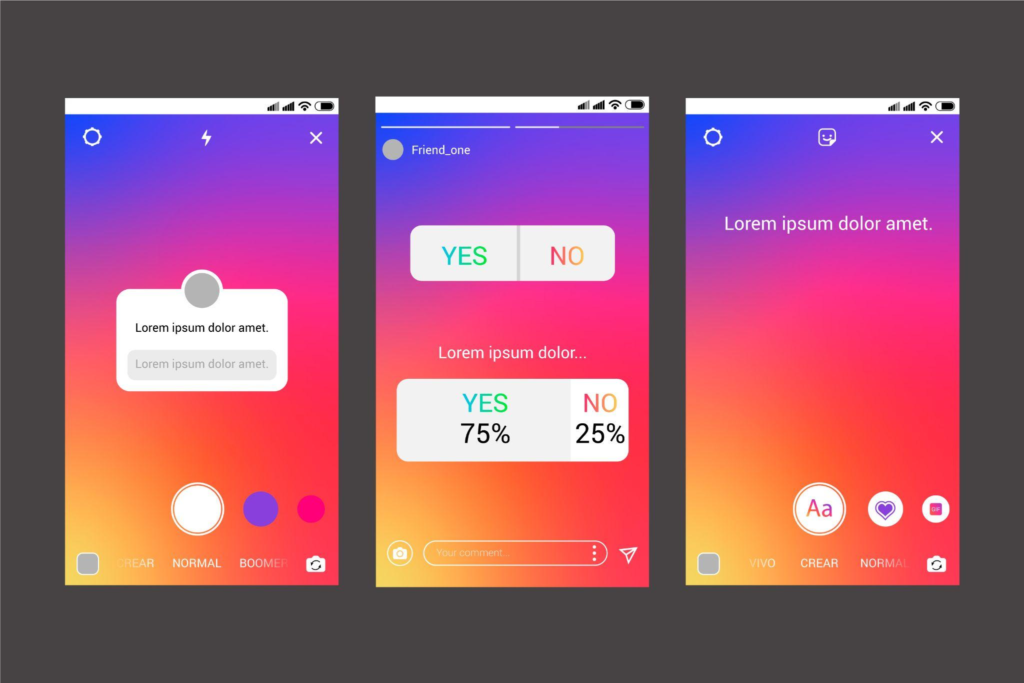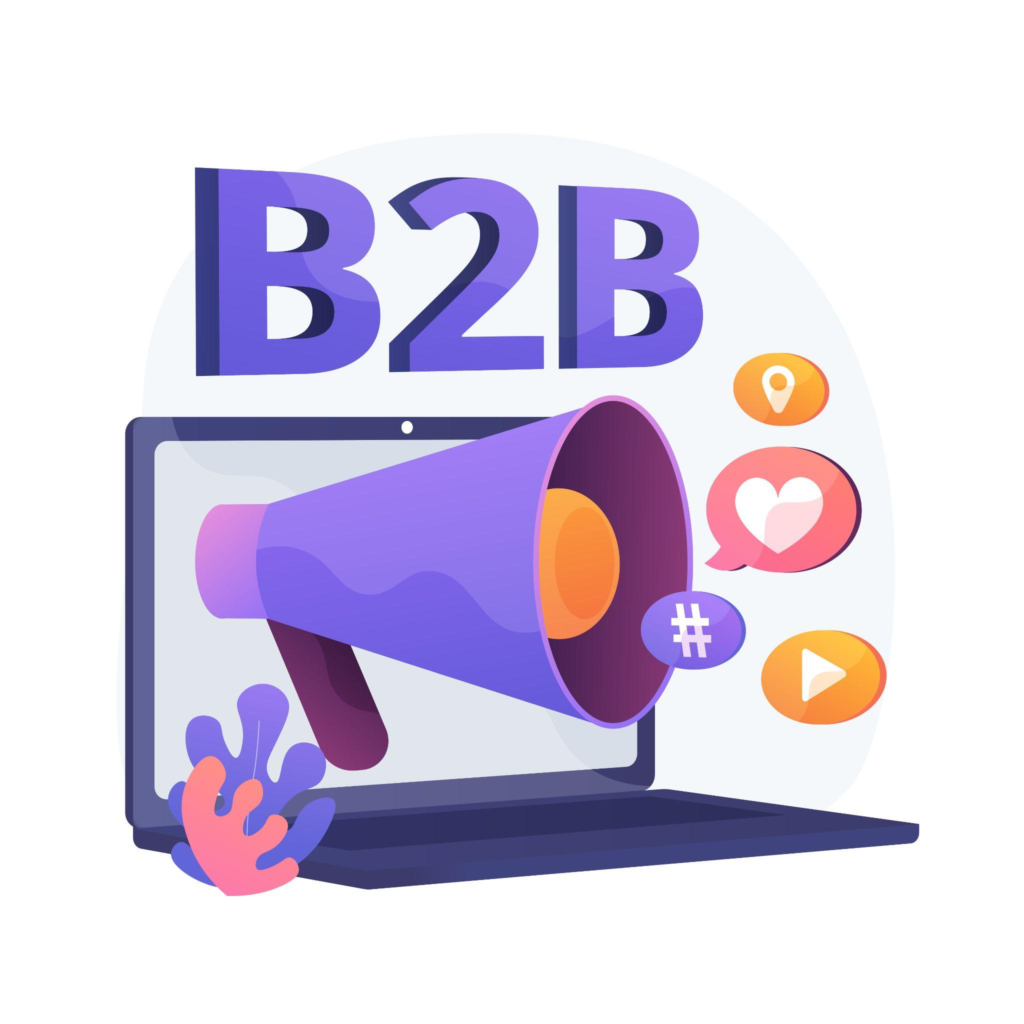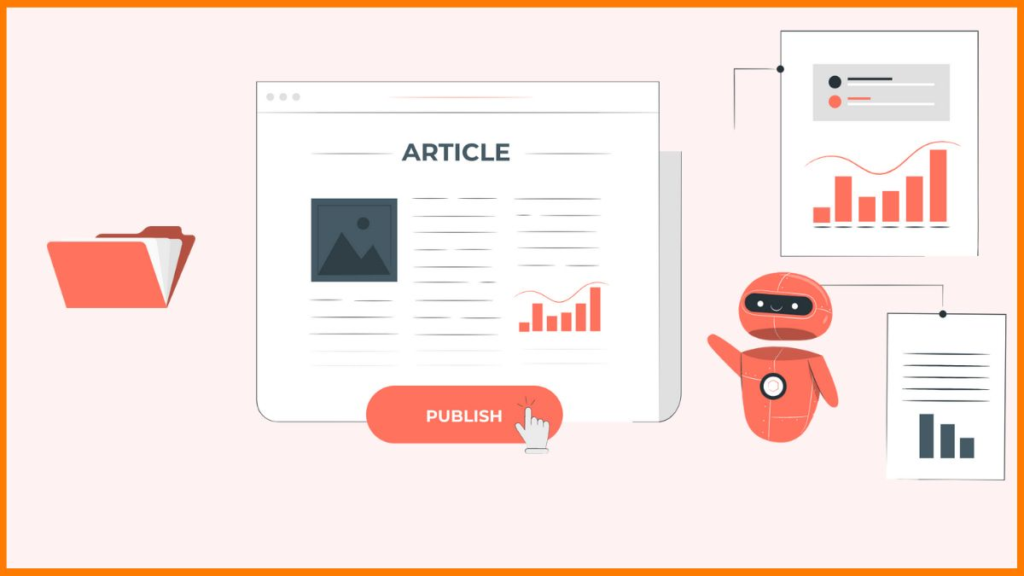10 Proven Ways for Leads to Deals in B2B in 2023
In the ever-evolving landscape of business-to-business (B2B) sales and marketing, the quest for transforming leads into lucrative deals remains a perpetual challenge. As the calendar flips to 2023, businesses are navigating an increasingly competitive environment, where the traditional sales playbook no longer guarantees success. In this era of digital transformation, economic uncertainties, and shifting buyer behaviors, the strategies and tactics that once drove B2B sales have undergone a remarkable metamorphosis. To thrive in this changing landscape, B2B organizations need to adopt innovative approaches and proven methods that adapt to the current marketplace. This blog explores ten proven and forward-thinking ways to bridge the gap between leads and deals in the B2B sector for the year 2023 and beyond. It delves into a landscape where technology, data, and human connection converge to create the perfect storm for B2B sales success. Whether you’re a seasoned sales professional, a startup founder, or a marketing guru, these strategies and insights can empower your B2B endeavors and drive results .1. Embrace Account-Based Marketing (ABM) Account-Based Marketing (ABM) stands at the forefront of the evolving B2B sales landscape, offering a strategic approach that has proven to be a game-changer. As businesses navigate the dynamic marketplace of 2023, the role of ABM takes on greater significance, driven by its ability to deliver precisely tailored marketing efforts to high-value target accounts. This approach offers a paradigm shift from conventional mass marketing and ushers in a new era of personalization, data-driven decision-making, and advanced technologies. In this comprehensive exploration, we delve into the world of ABM, its evolution, and the pivotal role it plays in reshaping B2B sales strategies for the year 2023 and beyond. The Evolution of ABM: Personalization and Precision Historically, B2B marketing often adopted a one-size-fits-all approach, casting a wide net in the hope of capturing leads and prospects. While this method did yield results, it lacked the precision necessary to effectively engage high-value target accounts. This gap led to the emergence of Account-Based Marketing, a strategy that places a laser-like focus on specific accounts with the highest potential for conversion. ABM leverages the power of personalization, tailoring marketing efforts to address the unique pain points, objectives, and needs of these identified accounts. The concept is simple: treat each high-value account as a market of one. In doing so, businesses can create highly relevant and personalized experiences for prospects, nurturing them through the sales funnel with greater efficiency and success. In 2023, ABM is poised to reach new heights, largely due to significant advancements in AI and machine learning. These technologies have revolutionized the way we collect, analyze, and leverage data, making ABM more data-driven and precise than ever before. The insights derived from AI and machine learning enable businesses to refine their targeting, predict buyer behavior, and optimize their marketing strategies in real-time. This integration of data-driven decision-making and personalization has positioned ABM as a strategic powerhouse in the B2B sales arsenal. The Core Principles of Account-Based Marketing To fully embrace ABM in 2023, it’s essential to understand the core principles that underpin this strategy: Identify High-Value Target Accounts: The foundation of ABM is identifying the accounts that hold the most potential for conversion. These are the accounts with the highest revenue potential or strategic significance to your business. Personalization: ABM relies on creating highly personalized and relevant content, messages, and experiences for each target account. This personal touch distinguishes ABM from generic marketing. Multi-Channel Approach: ABM often employs a multi-channel approach, encompassing email, social media, content marketing, and more. This ensures that you reach your target accounts through various touchpoints. Alignment of Sales and Marketing: Successful ABM requires close alignment between your sales and marketing teams. Both must work collaboratively to understand the needs of target accounts and provide a seamless customer journey. Data-Driven Insights: Data is the lifeblood of ABM. AI and machine learning enable businesses to gather and interpret data, providing valuable insights to inform decision-making. Continuous Measurement and Optimization: ABM is a dynamic strategy. Continuously measure the effectiveness of your efforts and adjust your approach based on real-time data. AI and Machine Learning: The Catalysts of ABM Evolution The advent of AI and machine learning technologies has been pivotal in elevating ABM to new heights. These technologies provide three essential functions: Data Insights: AI can analyze vast amounts of data to uncover patterns and trends that may not be apparent through manual analysis. This insight informs your targeting and messaging. Predictive Analytics: Machine learning algorithms can predict buyer behavior, helping you understand when and how to engage target accounts effectively. Real-Time Optimization: AI enables real-time campaign optimization. It can automatically adjust your marketing efforts based on the performance of different channels, messages, and content, ensuring you make the most of every interaction. With the aid of AI and machine learning, ABM becomes a more agile and responsive strategy. It evolves from a static, one-time campaign into a dynamic, data-driven process that continually adapts to the changing landscape and the unique behaviors of your target accounts. The ABM Journey: From Identification to Conversion Let’s take a closer look at the stages of an effective ABM campaign: Identification: The journey begins with identifying the high-value target accounts. This process involves a careful analysis of your existing customer base, market research, and insights from your sales and marketing teams. AI-driven tools can help identify accounts with the highest propensity for conversion based on historical data and predictive analytics. Personalization: Once you’ve identified your target accounts, the next step is to create highly personalized content and messaging. This can range from tailored emails and case studies to personalized website experiences and social media outreach. The key is to speak directly to the specific needs and challenges of each account. Multi-Channel Engagement: ABM thrives on a multi-channel approach. Engage your target accounts through a combination of channels, ensuring they encounter your messaging at different touchpoints. Consistency is crucial, and all channels should reinforce the same personalized message. Alignment and Collaboration: Your sales and marketing teams
10 Proven Ways for Leads to Deals in B2B in 2023 Read More »











